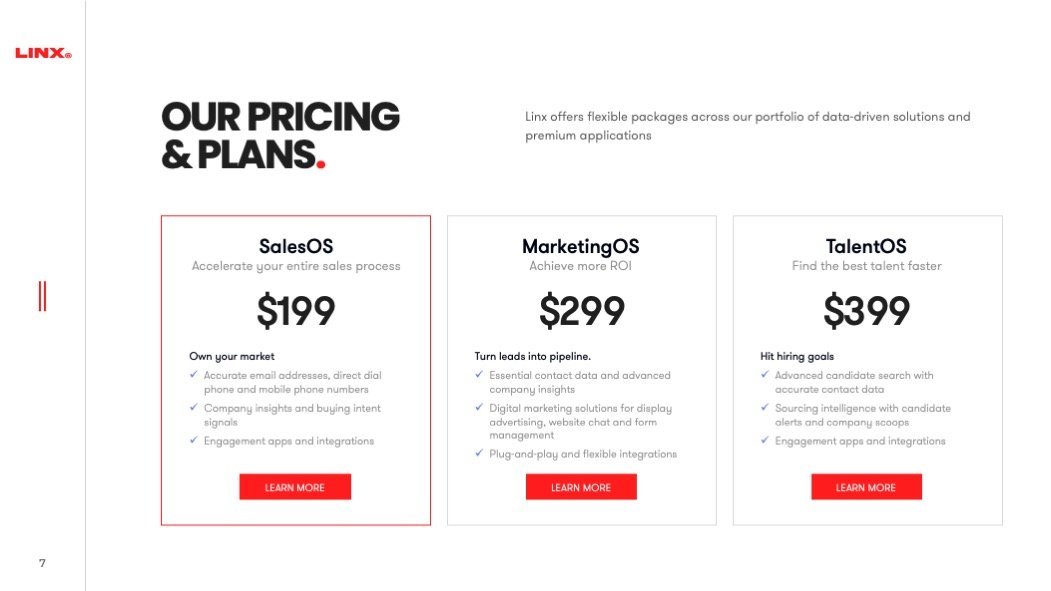How to Create a Winning Company Presentation
Top Strategies
Creating a compelling corporate company overview presentation is more than just gathering facts and figures—it’s about telling your company’s story in a way that captivates and informs your audience. Whether you’re presenting to potential investors, key partners, or new employees, the right approach can help showcase your company’s strengths, values, and vision for the future. In this post, we’ll explore seven proven approaches that will help you craft a presentation that not only delivers the essentials but leaves a lasting impact. From narrative storytelling to data-driven insights, we’ll cover how to match the presentation style with your audience to achieve maximum engagement.
1. Narrative Approach: Storytelling
Structure: Start with the company’s origin story, highlight key milestones, and show its journey to where it stands today.
Focus: People and purpose. Emphasise the founders, early challenges, major successes, and how the company’s mission has shaped its growth.
Audience: This approach works well for external stakeholders, investors, or new employees who want to understand the company’s ethos and culture.
Example: Tell the story of how the company was founded to solve a specific problem, the evolution of its products/services, and key moments of innovation or disruption.
2. Data-Driven Approach
Structure: Present the company’s performance through key data points such as revenue growth, market share, customer base, and employee statistics.
Focus: Metrics and results. Use infographics, charts, and graphs to illustrate key accomplishments and trends.
Audience: Ideal for potential investors, analysts, or stakeholders focused on financial health and market positioning.
Example: Present revenue growth over the last five years, product adoption rates, customer satisfaction scores, and competitive positioning in the market.
3. Customer-Centric Approach
Structure: Showcase how the company solves customer problems, adding value through its products or services.
Focus: Customer success stories, case studies, and testimonials. Highlight how the company aligns with customer needs and drives satisfaction.
Audience: Great for external audiences, partners, or B2B presentations where understanding customer outcomes is important.
Example: Share stories of how clients have used your product to improve efficiency, increase revenue, or enhance their services.
4. Visionary Approach: Future-Oriented
Structure: Focus on the company’s future vision, industry leadership, and innovative roadmaps for the next 5-10 years.
Focus: Innovation, R&D, and future goals. Paint a picture of the company’s role in shaping the future of the industry.
Audience: Potential partners, investors, or internal teams looking to align with long-term objectives.
Example: Present the company’s strategy for upcoming technologies, new markets, or product expansions while showing how this aligns with global trends or demands.
5. Corporate Social Responsibility (CSR) Approach
Structure: Highlight the company’s impact on social, environmental, and ethical fronts.
Focus: Sustainability, community involvement, and ethical practices. Present initiatives related to diversity, environmental impact, and philanthropy.
Audience: This works well with stakeholders interested in social responsibility, including customers, government entities, or non-profit partners.
Example: Showcase carbon footprint reduction efforts, diversity programs, charitable contributions, and employee volunteer programs.
6. Team-Focused Approach
Structure: Present the leadership team, employee culture, and talent strategy, illustrating how the people behind the company drive its success.
Focus: Leadership, company culture, and talent acquisition.
Audience: Internal teams, potential hires, or business partners interested in the company’s human capital.
Example: Highlight the executive team and key leaders and how their experience contributes to the company’s innovation and success. Include employee engagement programs or awards.
7. Product/Service-Focused Approach
Structure: Provide a deep dive into the company’s products or services, detailing their value propositions, market differentiation, and customer benefits.
Focus: Product development, innovation, and customer solutions.
Audience: Ideal for potential customers, partners, or anyone evaluating the company’s offerings.
Example: Provide detailed overviews of key products, showing how they solve specific problems for customers. Include case studies or demonstrations.
Key Takeaways Presentation Best Practices
Concise and Engaging: Keep it short and visually appealing. Use high-quality images, videos, and infographics.
Tailor for the Audience: Adapt the tone and focus depending on whether the presentation is for clients, investors, or internal teams.
Clear Takeaways: Every section should leave the audience with clear and memorable insights about the company.
Call to Action: Conclude with a strong call to action, whether it’s partnering, investing, or learning more about the company.
By choosing one of these approaches or blending them, you can create a compelling company overview presentation that resonates with your audience and meets your business goals.








